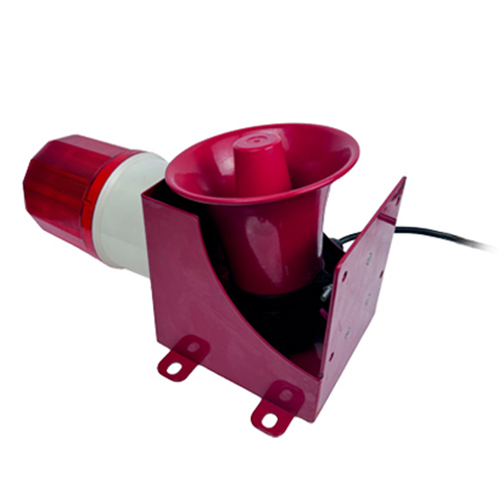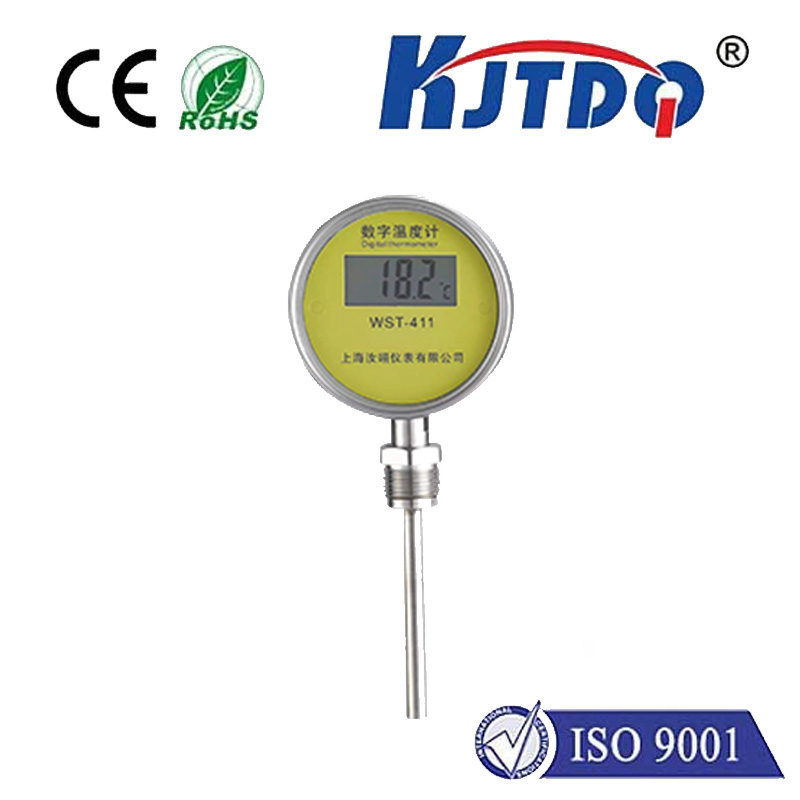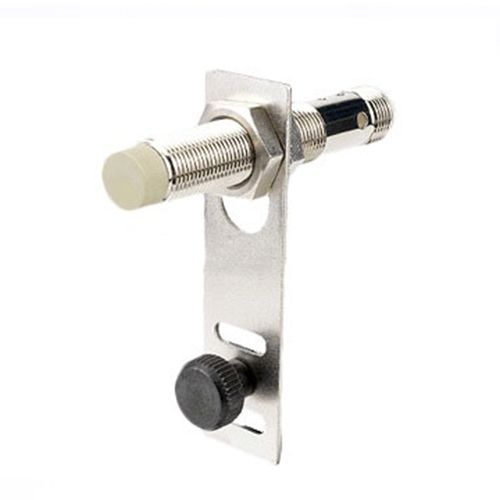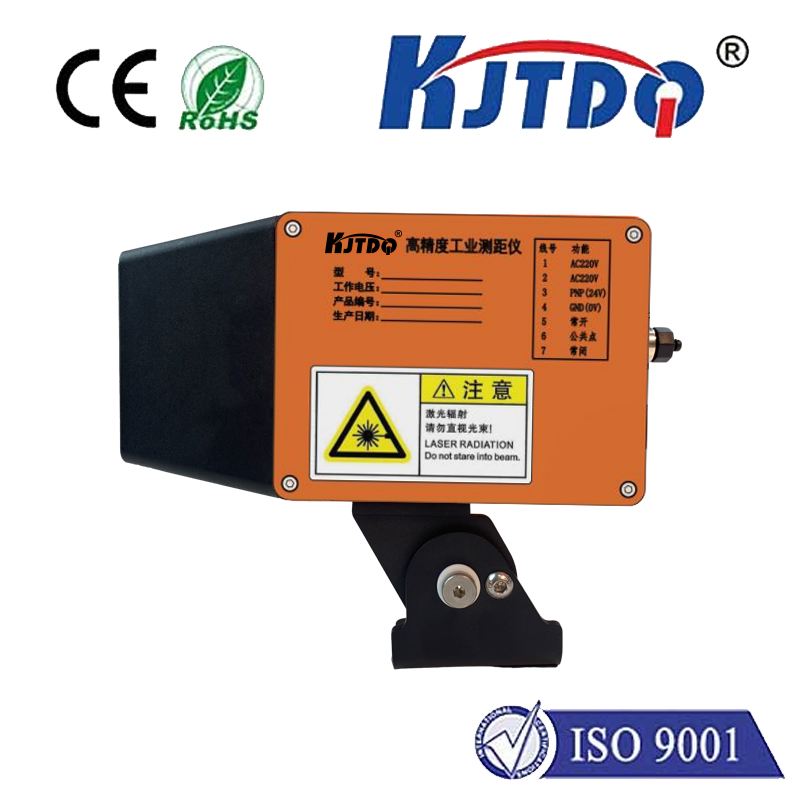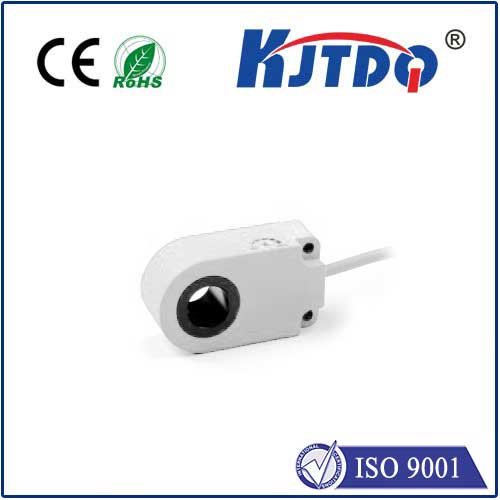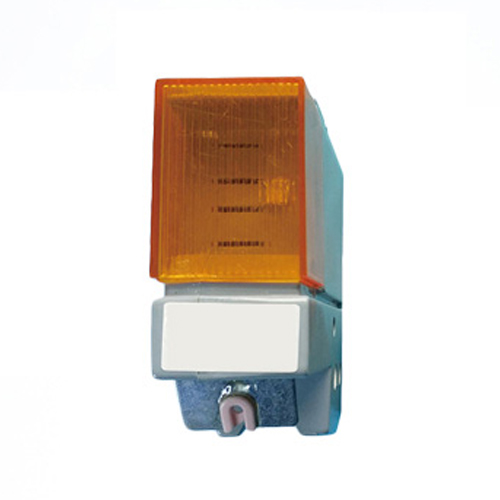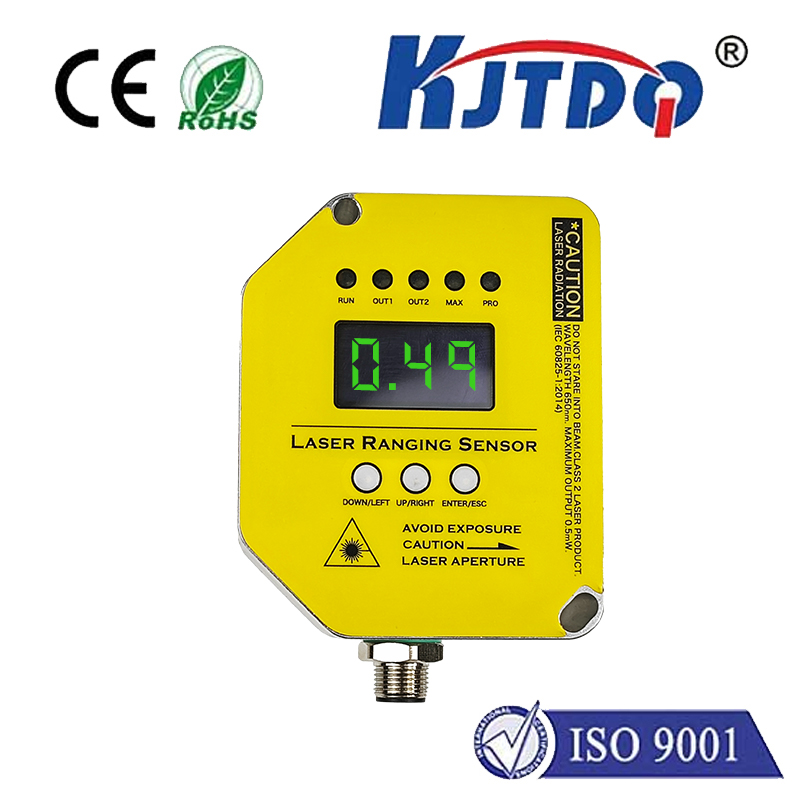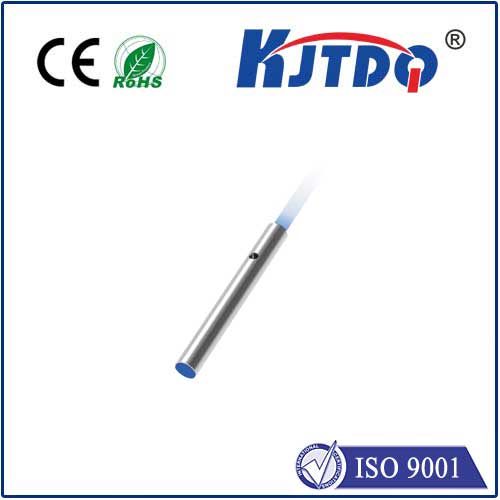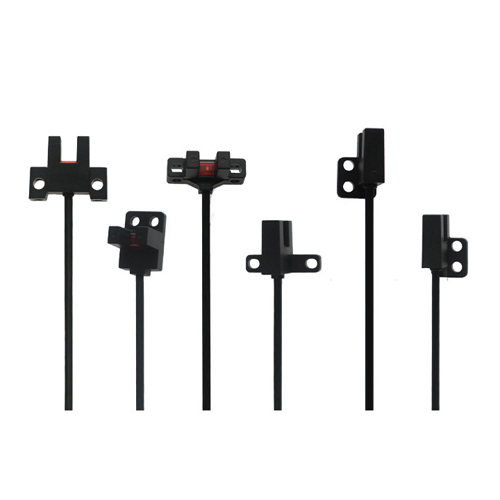

check

check

check

check

check

check

check

check

check

check
Have you ever glanced at a hospital monitor, watching the steady pulse of a heartbeat translated into a glowing line? Or marvelled at industrial robots moving with microscopic precision? At the heart of such precise motion tracking often lies an unassuming yet critical component: the optical speed sensor. These silent observers translate physical movement into digital data using the fundamental properties of light. But how exactly do these devices see and measure speed? Let’s delve into their captivating inner workings.
The Core Principle: Light as the Messenger
Unlike mechanical sensors that rely on physical contact or magnetic fields inducing current changes, optical speed sensors fundamentally leverage light emission, reflection (or interruption), and detection. Their operation hinges on interpreting changes in a light beam caused by a moving target. This non-contact nature offers significant advantages, including minimal wear, high resolution, and immunity to electromagnetic interference.
The Essential Components: A Light-Based Trio
Every optical speed sensor, regardless of specific type, relies on three key elements:
Fundamental Operating Modes: Reflection and Interruption

Beyond Simple Pulses: Enhancing Precision
While simple on/off detection works, advanced optical encoders (a major type of optical speed sensor) significantly boost resolution and direction sensing:
A Specialized Case: Laser Doppler Velocimetry (LDV)
For measuring fluid flow speed (like air or water velocity) or the surface speed of very fast-moving objects without physical contact, a different optical principle is often used: the Doppler effect. An LDV sensor shines a highly focused laser beam onto the moving target (e.g., particles in a fluid stream). Light scattered back from these moving particles experiences a slight frequency shift proportional to their velocity relative to the sensor. By precisely measuring this Doppler shift in the frequency of the returned light, the sensor calculates the target’s speed with extremely high accuracy. This method is vital in research and advanced industrial applications like wind tunnel testing.
Why Optical? Key Advantages Driven by the Principle
The light-based principle grants optical speed sensors distinct benefits:
Real-World Illumination: Where They Shine
The working principle of optical speed sensors makes them indispensable across industries:
Environmental Considerations: Seeing Clearly
While robust, the optical principle has sensitivities. Factors like ambient light interference, dust/contamination obscuring the optical path, or excessive fog/smoke scattering light can impair performance. Selecting the right wavelength (often infrared for ambient light immunity), proper shielding, and regular lens cleaning are crucial for reliable operation. Target surface characteristics (reflectivity, color consistency, pattern quality) are also critical for reflective sensors.
The Pulse of Precision
The optical speed sensor, translating the dance of light and shadow into precise digital speed information, exemplifies elegant engineering. From the fundamental interaction of a light beam with a patterned surface to the sophisticated decoding of quadrature signals or Doppler shifts, its operation is a testament to the power of using light as a precise measurement tool. Understanding its working principle – the core of light modulation by motion and the translation of that modulation into measurable electrical pulses – illuminates why it remains a cornerstone technology for accurate and reliable speed sensing in countless applications shaping our world.
